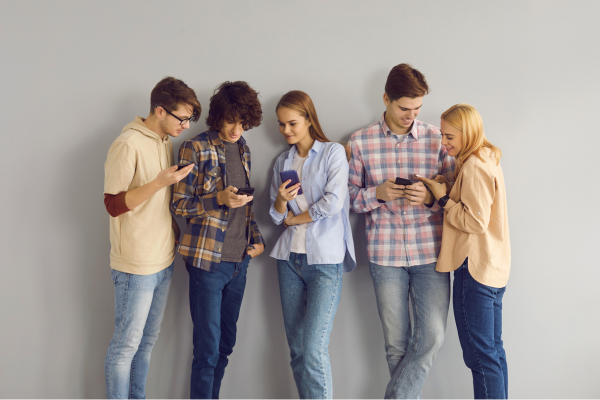
The Impact of Children’s Use of Social Media on the Classroom
Social media is woven into the very fabric of our lives, so much so that life is barely recognisable from the way it was before it became our constant virtual companion. From social events to family life, it dominates the way we interact with others. Such heavy engagement with social media, however, opens tremendous opportunities for schools to empower parents, students, and teachers to use new ways of sharing information and building a community. Why not use social media, starting from elementary school through university graduation to reach virtually every student, parent, and educator? After all, 90% of teens ages 13 – 17 use social media, and younger children are increasingly becoming regular users of social media platforms as well.
Despite the tremendous opportunity for social media to transform classroom learning, there is a lag in using social media in the classroom. Many educators are unsure how to form lessons involving social media and how to use it as a tool to connect parents, students, and other educators. Familiarising educators about the things they can do to successfully incorporate social media into the classroom and form a social media community around the shared goal of educating students is an opportunity for impact for many educators.
Using Social Media as a Tool
Establishing guidelines and policies to help students learn to use social media appropriately and responsibly, monitoring students’ social media use, and using only safe social media platforms specifically designed for educational purposes can greatly help educators and school staff use social media as a tool.
Once social media is safely introduced into the classroom setting, educators can begin to explore the various opportunities and possibilities that come with a new classroom tool. For example, network platforms can be engaged with to promote special events and programmes and to recognise student achievements. Blog posts and articles can be shared with and by students to extend learning beyond prescribed reading. Connections can be easily created and maintained through social media, keeping parents, students, and educators connected.
This does not mean that schools will be transformed into social media hangouts where learning takes a back seat to entertainment. The goal isn’t to recreate the classroom as a space that looks like someone’s social media feed. Instead, enlightened educators are capitalising on some of the best elements of students’ social media experience – community, shared experiences, and connectivity.
A Focus on Media Literacy
Forward-thinking educators are also designing classrooms and lessons that focus on increasing media literacy.
While students already spend a staggering amount of time engaged with technology and social media in their free time, there is something to be said about engaging with students in a way that is familiar to them. As kids will undoubtedly use social media, the more important conversation should be about how adults can help children have a healthy relationship with media, starting in the classroom.
There is a concern that students will be distracted rather than engaged with the intended subject matter if it is presented in an educational setting where social media is accepted and used. The key is to guide students so that they can increase their media literacy rather than “hang out” on social media. And, there are benefits as well. Social media holds students’ attention, so they are more able to focus on the information than when it is presented in traditional formats.
For those educators who are not comfortable integrating social media selections themselves, there are learning management systems that they can turn to. Used for years, Moodle and Blackboard are a few of the more prominent options available. Of course, the best way for educators to select social media for classroom use is to use the technology themselves. This way, they will be familiar with social media and more able to make quality selections.
Nearly all the information that today’s children get comes from a media source, so tapping into their world by incorporating classroom learning in positive, instructive social media makes total sense. The conversation, then, should not be about whether social media should be a part of the school curriculum but instead about how educators can best guide students towards a healthy relationship with social media and simultaneously increase their media literacy.


